Finasteride and minoxidil are two common medications used to treat hair loss, specifically male pattern baldness (androgenetic alopecia) in men, but they can also be used by women in certain cases. These medications work in different ways to address hair loss, and their effectiveness can vary from person to person. Here’s an explanation of how they work:
- Finasteride:
- Mechanism of Action: Finasteride is an oral medication that works by inhibiting the action of an enzyme called 5-alpha-reductase. This enzyme converts testosterone, a male hormone, into dihydrotestosterone (DHT), which is the hormone primarily responsible for hair loss in genetically susceptible individuals. By reducing DHT levels, finasteride helps slow down or stop hair loss.
- Effectiveness: Finasteride is generally more effective for preventing further hair loss and promoting some regrowth in the crown and mid-scalp areas. It may not be as effective for receding hairlines.
- Usage: It’s typically taken as a daily oral medication, and results may take several months to become noticeable. It’s important to note that once you stop taking finasteride, any benefits gained may gradually diminish.
- Minoxidil:
- Mechanism of Action: Minoxidil is a topical medication available in liquid or foam form. While its exact mechanism of action is not fully understood, it is believed to stimulate hair follicles and increase blood flow to the scalp. This promotes hair growth and can help revitalize dormant hair follicles.
- Effectiveness: Minoxidil is effective for promoting hair regrowth in both the crown and frontal areas of the scalp. However, it doesn’t address the hormonal component of hair loss like finasteride does, so it may not be as effective in cases where DHT plays a significant role.
- Usage: Minoxidil is applied directly to the scalp once or twice daily. Results can vary from person to person, and it may take several months of consistent use to see noticeable improvements. If you stop using minoxidil, any newly grown hair may gradually thin and be lost.
It’s worth noting that both medications have potential side effects and considerations:
Finasteride Side Effects:
- Sexual side effects, such as decreased libido or erectile dysfunction, can occur but are relatively rare.
- Some individuals may experience breast tenderness or enlargement (gynecomastia).
- Finasteride is not recommended for use by pregnant women due to the risk of birth defects in male fetuses.
Minoxidil Side Effects:
- Scalp irritation and itching can occur, especially when starting treatment.
- Some users may experience increased facial or body hair growth.
- Like finasteride, minoxidil is not recommended for use by pregnant or breastfeeding women.
It’s important to consult with a hair restoration professional, before starting any hair loss treatment.











